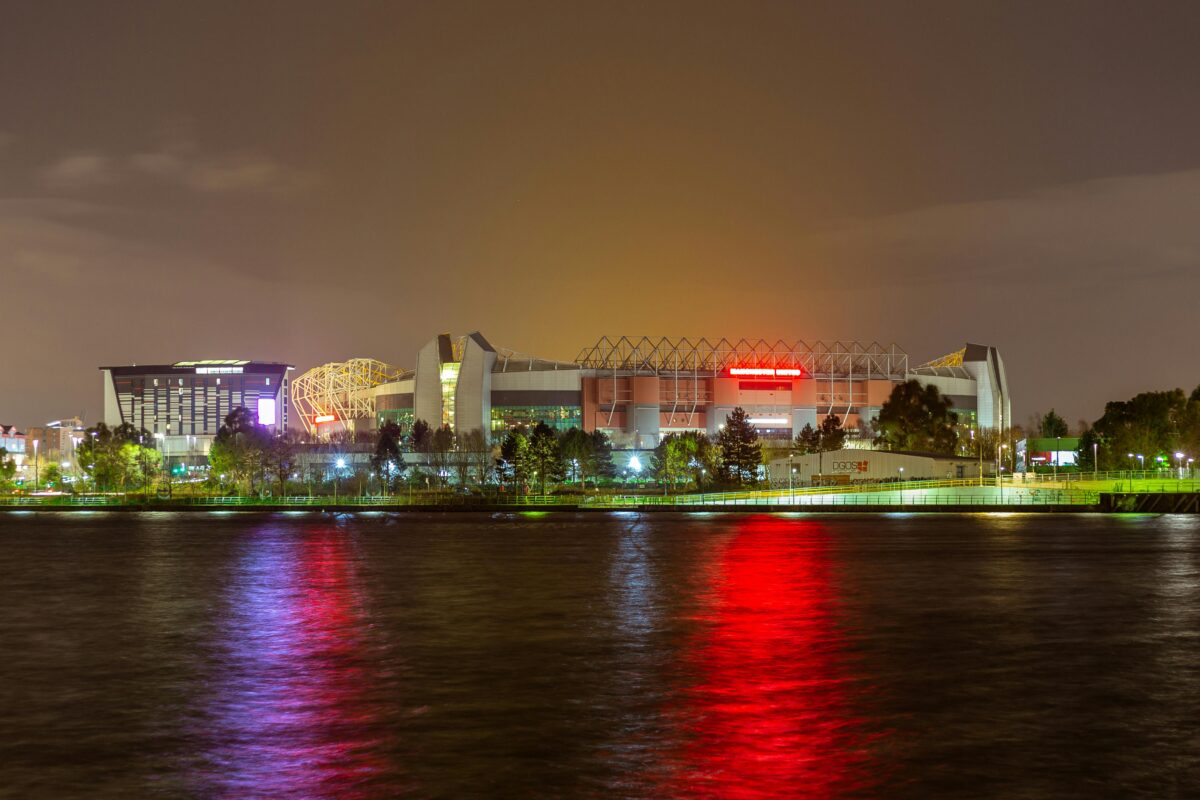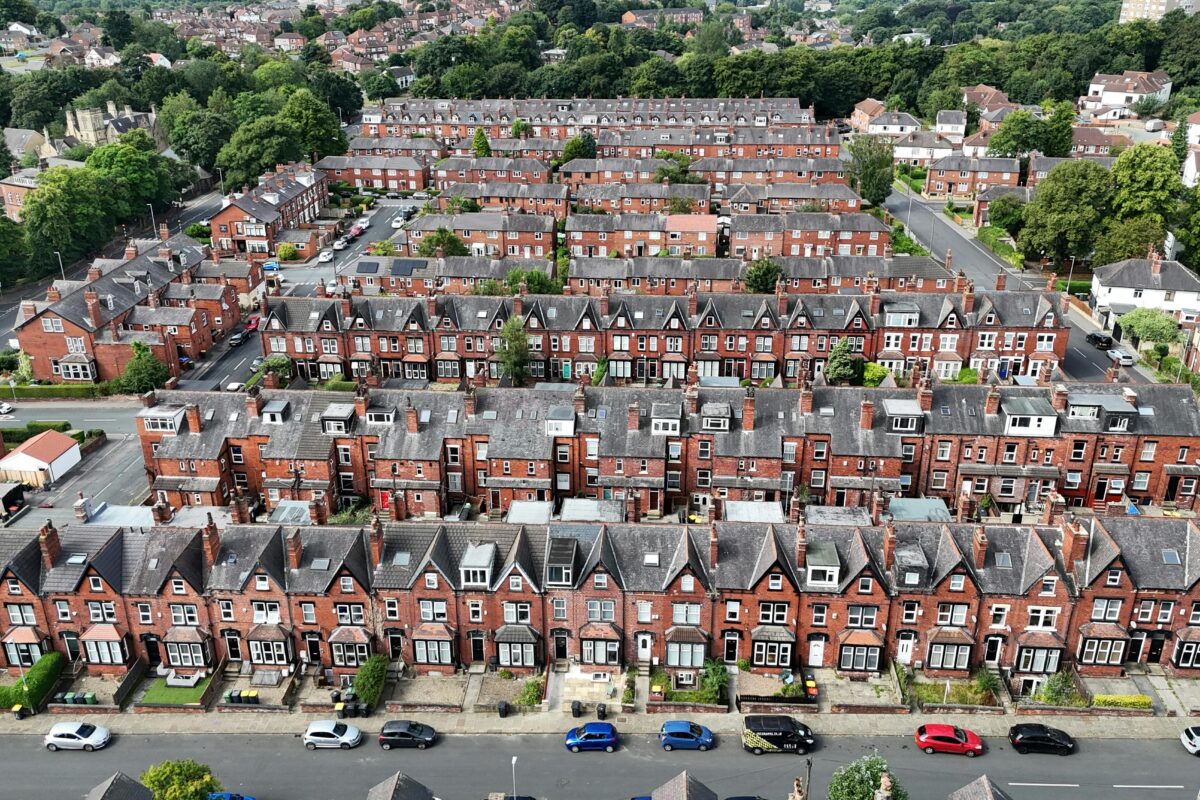Manchester United New Stadium Regeneration: A Catalyst for Property Development and Urban Growth
The Manchester United new stadium regeneration is set to transform Old Trafford, bringing economic growth and vast property development. Manchester United plans to construct a new 100,000-seater stadium, dubbed “New Trafford.” This £2 billion project marks a major milestone in the club’s history. More than just improving the club’s facilities, it serves as the centrepiece of a wider regeneration initiative. The goal is to revitalise the Old Trafford area and drive significant property development.
The Vision for Manchester United New Stadium Regeneration and Property Development
The proposed stadium, designed by renowned architectural firm Foster + Partners, will be the largest in the UK, surpassing Wembley’s 90,000-seat capacity. The design features a distinctive 200-metre central mast with a viewing platform, drawing comparisons to iconic structures like the Eiffel Tower. The construction process will take approximately five years. To improve efficiency, developers will use modular construction methods and transport materials via the Manchester Ship Canal. Consequently, the Manchester United new stadium regeneration will introduce new commercial and residential developments in the area.
Regeneration and Economic Impact of the Manchester United New Stadium Regeneration
Beyond creating a world-class sports venue, the “New Trafford” project will drive extensive urban renewal. The development plans include:
- Housing: Developers will build over 17,000 new homes, addressing local housing needs and attracting new residents.
- Employment: The project will create around 92,000 jobs, significantly boosting the local economy.
- Infrastructure: Authorities will improve transport links and public spaces, increasing connectivity and accessibility.
As a result, these initiatives are expected to generate an additional £7.3 billion for the UK economy each year. The Manchester United new stadium regeneration plays a crucial role in creating a modern, thriving community that benefits residents and businesses alike.
The Role of Property Development in Manchester’s Growth
Manchester remains one of the UK’s fastest-growing cities, with property development driving much of its transformation. Over the past two decades, the city has attracted significant investment in residential, commercial, and mixed-use developments, establishing itself as a key hub for businesses, students, and young professionals.
The Manchester United new stadium regeneration strengthens this trajectory by:
- Raising Property Values: Improved infrastructure and amenities will increase property values in Old Trafford and surrounding areas, attracting investors and homebuyers.
- Encouraging Mixed-Use Developments: The integration of retail, office spaces, and leisure facilities will create a thriving community around the stadium.
- Meeting Housing Demand: Manchester’s growing population requires new housing. This initiative will provide modern, affordable homes.
- Enhancing Global Appeal: The scale of the project will reinforce Manchester’s reputation as a world-class city for investment, tourism, and sport.
Funding and Public-Private Collaboration in the Manchester United New Stadium Regeneration
Funding for “New Trafford” will come from a mix of private investment and public funding, particularly for broader regeneration efforts. Manchester United is exploring options such as naming rights and profits from property redevelopment to cover stadium costs. Meanwhile, public investment will focus on infrastructure and community development. Consequently, this approach has sparked discussions about the appropriate use of public funds, especially given the club’s private ownership.
Community and Stakeholder Engagement in the Manchester United New Stadium Regeneration
For this ambitious project to succeed, collaboration with local communities and stakeholders is essential. Therefore, ongoing consultations aim to ensure the redevelopment meets the needs of residents, businesses, and fans. Trafford Council, in partnership with Manchester United and other organisations, is committed to delivering a sustainable and inclusive development that benefits everyone. The Manchester United new stadium regeneration is expected to create an inclusive environment while preserving the local character of Old Trafford.
Conclusion
The Manchester United new stadium regeneration is more than just a stadium; it is the foundation of a major regeneration initiative. By combining property development with community-focused urban planning, the project will transform the Old Trafford area and create lasting economic, social, and cultural benefits. Ultimately, this marks another step in Manchester’s growth as a global city, proving that football and property development can work together to drive prosperity. The Manchester United new stadium regeneration will leave a lasting legacy, positioning Old Trafford as a key destination for investment and growth.
Contact Nesthub Properties Today
For investors, developers, and homebuyers looking to benefit from the “New Trafford” regeneration, Nesthub Properties is here to help. Our experts can guide you through the best residential and commercial real estate opportunities within this exciting development.
Get in touch today to explore the future of property investment in Manchester!


